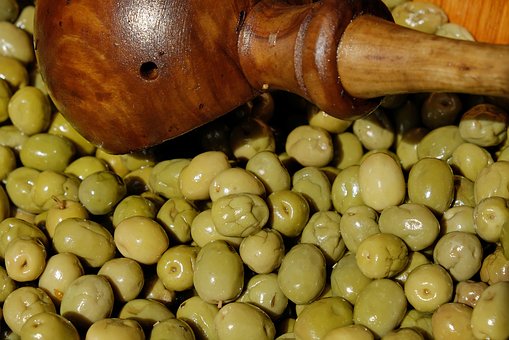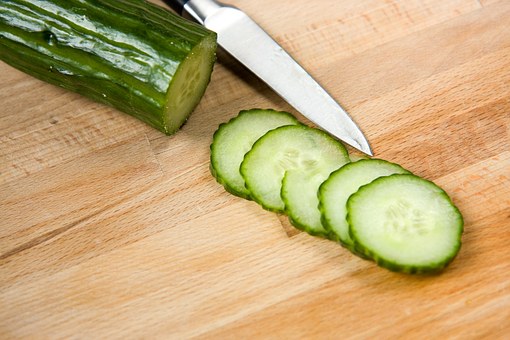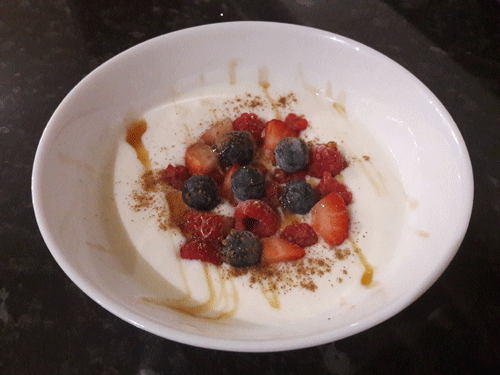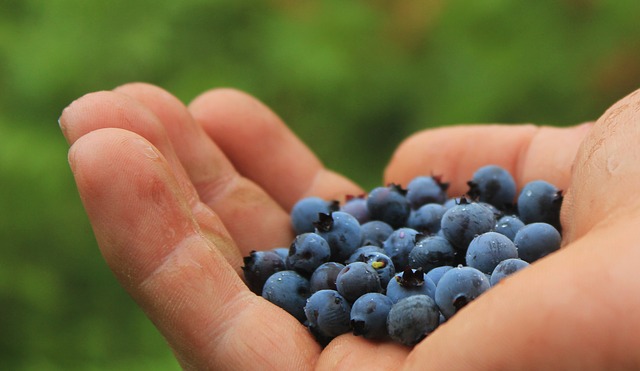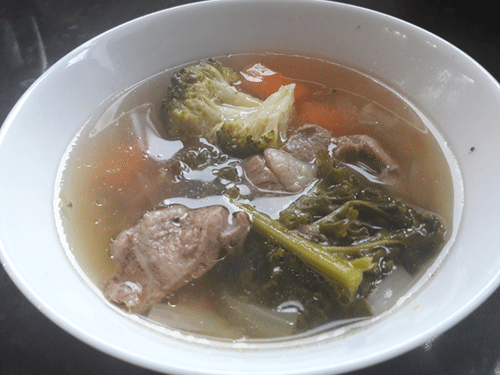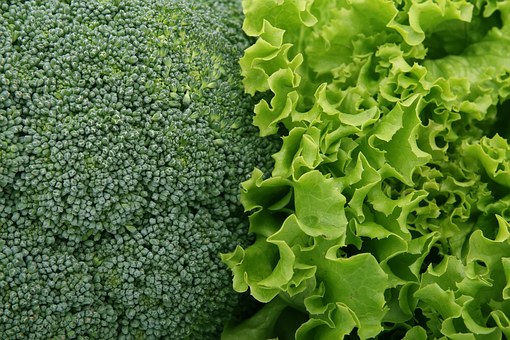Eating Brown Rice 'Reduces Diabetes Risk'
© HealthyMuslim. See Terms and Conditions
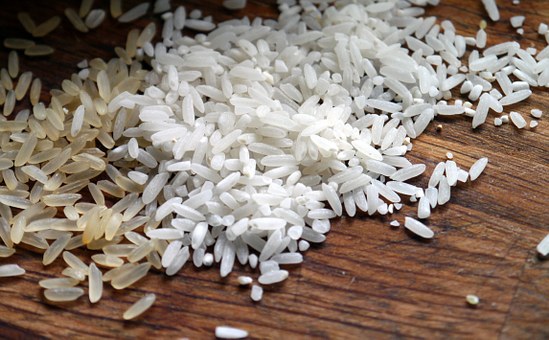
Researchers at Harvard School of Public health in Boston found that while eating white rice increased a person's risk of type-2 diabetes, brown rice had the opposite effect and reduced the likelihood of them developing the condition.
Wholegrain rice raises the body's blood sugar levels far less dramatically than white rice, which is little more than starch, according to researchers.
Their study, believed to be the first of its kind, found that replacing 50g (1.8oz), or a third of a serving, of white rice per day with brown rice cut the risk of type-2 diabetes by 16 per cent.
Study Details
The Harvard scientists studied the diets of more than 190,000 men and women.
After adjusting for age and other lifestyle and dietary risk factors, they found that those who consumed five or more servings of white rice per week had a 17 per cent increased risk of diabetes compared with those who had no more than one serving per month.
The study author wrote:
"The high glycemic index of white rice consumption is likely to be the consequence of disrupting the physical and botanical structure of rice grains during the refining process - in which almost all the bran and some of the germ are removed.
"The other consequence of the refining process includes loss of fiber, vitamins, magnesium and other minerals, many of which may be protective factors for diabetes risk."
He added: "From a public health point of view, replacing refined grains such as white rice by whole grains, including brown rice, should be recommended to facilitate the prevention of type 2 diabetes.
"Through refining processes, the other bran and germ portions of intact rice grains (i.e. brown rice) are removed to produce white rice that primarily consists of starchy endosperm."
White rice starts life as brown rice before it is refined and milled to remove the outer husk which contains minerals, vitamins and fiber.
This means white rice is processed by the body much faster and causes a surge in blood sugar levels whereas brown rice and other whole grains are digested much slower, releasing energy more slowly and keeping blood sugar levels more stable.
Diabetes occurs when the body does not make insulin or enough of it which controls blood sugar levels.
Replacing white rice with lots of different whole grains, such as whole wheat and whole barley, reduced the likelihood of diabetes by even more - and by more than a third in some cases.
Research Paper Details
Sun Q, et al. White rice, brown rice, and Risk of type 2 diabetes in US Men and Women. Arch Intern Med. 2010;170(11):961-969.
Link to this article: Show: HTML Link • Full Link • Short Link
Share or Bookmark this page: You will need to have an account with the selected service in order to post links or bookmark this page.





|
Related Articles:
- Creamy Rice Pudding Made With Brown Rice and Coconut
- Whole Grains Explained
- The Dangers of Sugar
- Study: Healthy Diet Can Help Avoid Diabetes Drugs
- New Research on the Powerful Benefits of Garlic
- Soak Your Grains for Maximum Benefit
- High Fructrose Corn Syrup and Diabetes
- Chamomile Tea May Ease Diabetic Symptoms
- Ibn al-Qayyim: Rice is a Nourishing Grain
You must be registered and logged in to comment.
Most Popular
Latest Articles
Popular Subjects
Health, fitness and longevity
Based upon the principles of health
in the Qur'an and Prophetic Traditions.
HealthyMuslim.Com
There are two bounties in which
most people lose out: good health
and free time. Al-Bukhari.









